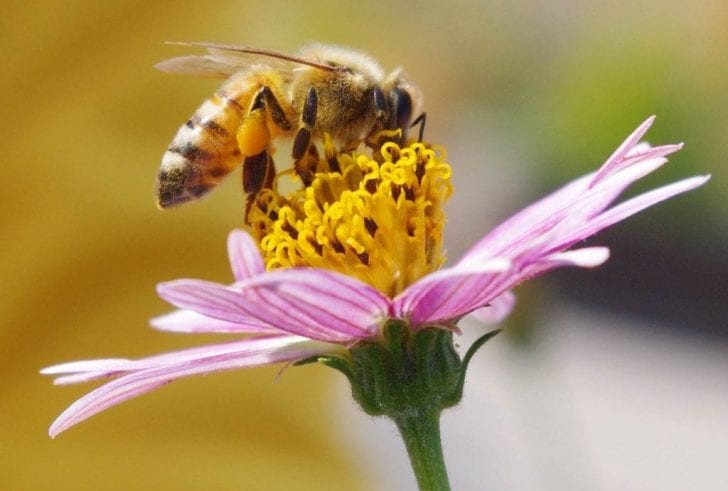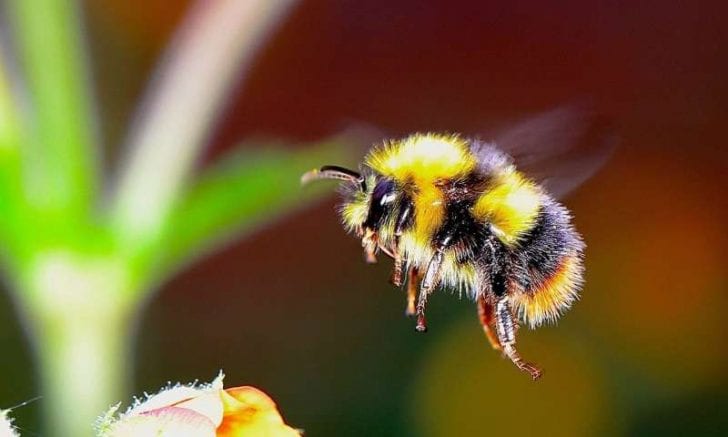Honeybees, perhaps, are smarter than human beings – at least than newborns. They are capable of doing so much more than making honey, which is very useful for us humans, and playing an important role in pollinating, as a recent study found out.
It turns out that the insects can learn how to do basic math, calculate through addition and subtraction, once they are trained to do so, which is impressive because it shows us how the tiny creatures’ brains can be taught tasks as complicated as doing math.

Human brains have millions and even hundred millions of neurons; a mouse has 75 million, while a honeybee has an estimated 1 million neurons.
But don’t let that relatively small count deceive you, these insects are clever than we could have ever imagined.
University of Australia researchers, whose findings were published in Scientific Advances, concluded that language and the basic understanding of numbers are not prerequisites in order to learn basic arithmetic.
Coaching the Honeybees
How exactly did the researchers measure the mathematical abilities of the striped insects? It wasn’t like anything in school where we would look at the board and listen to our teachers who teach us 1+1 or 1-1.
First of all, honeybees can’t read nor recognize the minus and plus signs and teaching them would be rigorous.
So what the researchers did was to assign colors for each operation, which makes sense because the participants of the study have a very impressive color vision to see nectars.

There were 14 arthropods involved in the study, all of which were taught the arithmetic rules using Y-shaped apparatus that had blue or yellow shapes, the former for adding by 1 and the latter for subtracting by 1.
Once the honeybees see the shapes, they will enter a decision chamber, wherein they will be presented with two walls containing the answers. If they got the correct answer, they will be given sugar water, but if not, an off-putting quinine solution.
Final Test
As time went by and as the training reached about a hundred, the honeybees got better into analyzing the mathematical problems.
To put them into the final test, researchers set out a new ground that doesn’t have any punishment nor reward.
As a result, the insects got the answer between 63 and 72 percent each time, which, although would be a failing mark for us, humans, in reality, is surprisingly good for the animals.

The study proved that honeybees can very well join other animals that have numerical cognition as well like the African gray parrot Alex, spiders, orangutans, and chimpanzees.
The same group also concluded in a previous study that the insects are capable of understanding the concept of zero, which most kids wouldn’t grasp until they reach kindergarten.
Unimpressed
While presumably most of us are impressed, everybody definitely was not sold. Queen Mary University of London’s Bee Sensory and Behavioral Ecology Lab expert Clint Perry said he was not persuaded about both the findings of the group about the honeybees.
He believes that adding and subtracting requires a higher level of cognitive ability and with such claims, the researchers must present stronger evidence to prove the point.
Specifically, Clint explained that the honeybees may not be calculating at all but were merely looking for the image that resembles the first one they saw and then linking it to the reward.
This hypothesis, the expert said, would result in 70 percent of answering correct, which is within the range of the findings.




